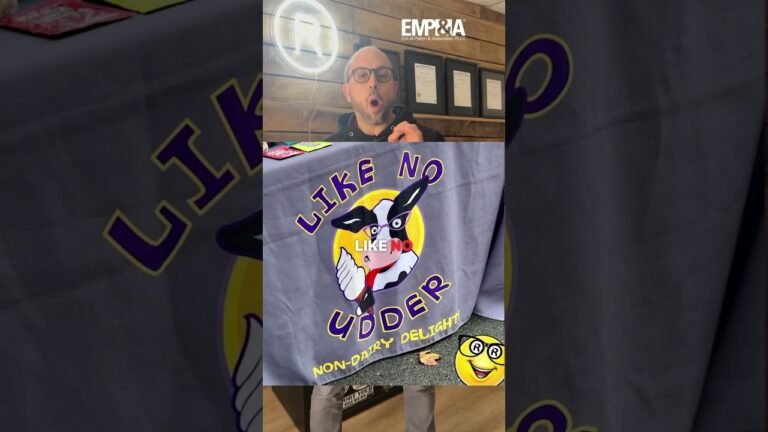Catholicism vs. Methodism: Key Differences Explored
The debate between Catholicism and Methodism highlights the rich tapestry of Christian faith and practice, showcasing distinct beliefs and traditions that have shaped millions of lives. While Catholicism emphasizes the authority of the Church and the sacraments as pathways to salvation, Methodism champions personal faith and social justice as integral components of spiritual life. This exploration of their differences and similarities not only illuminates the diversity within Christianity but also invites deeper reflection on the values that guide believers in their daily lives.
What are the key differences between Catholicism and Methodism?
Catholicism emphasizes tradition and sacraments, while Methodism focuses on personal faith and social justice, with a more flexible approach to interpretation of the Bible.
What distinguishes Catholics from Methodists?
Catholics and Methodists differ fundamentally in their views on the nature of the Church and salvation. The Catholic Church sees itself as the singular, divinely established institution founded by Jesus Christ, essential for salvation. This belief emphasizes the importance of the sacraments and the authority of the Pope in guiding the faithful. In contrast, Methodists hold that while faith in Jesus Christ is fundamental for salvation, belonging to the Methodist Church is not a prerequisite. They emphasize a personal relationship with God and the assurance of salvation, believing that individuals can know and experience their saved status.
These theological distinctions reflect broader differences in worship practices, governance, and community life. Catholics typically observe a more structured liturgy centered around the sacraments, while Methodists often embrace a more flexible approach to worship, highlighting personal and communal experiences of faith. Both traditions, however, share a commitment to the teachings of Christ and seek to foster a deeper understanding of His message, albeit through different lenses and interpretations.
Which religion is most similar to Methodism?
Methodism shares a close relationship with Anglicanism, as it has inherited much of its liturgical structure from this tradition. However, it distinguishes itself through a stronger emphasis on sacraments, reflecting the unique theological perspectives of John Wesley and his followers. This nuanced approach enhances the spiritual life of Methodists while maintaining a connection to their Anglican roots, creating a rich tapestry of faith that resonates with both traditions.
Do Methodists and Catholics coexist peacefully?
Methodists and Catholics share a mutual dedication to personal and social holiness, fostering a collaborative spirit as they strive for social justice. This commitment has led to meaningful partnerships, where both denominations come together to tackle pressing societal issues, demonstrating their shared values and beliefs.
As they engage in dialogue and joint initiatives, Methodists and Catholics are not only bridging the gaps that have historically separated them but are also finding common ground in their faith journey. The pursuit of unity becomes increasingly vital as they collectively grow closer to Christ, paving the way for a more harmonious coexistence in their communities.
Unpacking Beliefs: A Comparative Study
In today’s increasingly interconnected world, understanding diverse belief systems is more fundamental than ever. This comparative study delves into how different cultures interpret life’s fundamental questions, such as purpose, morality, and existence. By examining various religious and philosophical frameworks, we can uncover the underlying values that shape societies and influence individual behaviors. This exploration not only enriches our understanding of others but also encourages critical reflection on our own beliefs.
As we unpack these beliefs, we observe both striking similarities and stark differences among them. For instance, many traditions emphasize compassion and community, yet they may articulate these principles through varied narratives and rituals. This juxtaposition highlights the human quest for meaning, revealing that while the paths may differ, the destination often aligns. By engaging with these perspectives, we foster empathy and dialogue, bridging gaps between disparate worldviews.
Ultimately, this study serves as a reminder that our beliefs are not merely personal convictions; they are reflections of our cultural heritage and social contexts. By engaging in this comparative analysis, we can cultivate a deeper appreciation for the rich tapestry of human thought. Embracing this diversity not only enhances our global understanding but also empowers us to navigate the complexities of modern life with greater wisdom and insight.
Divergent Paths: Faith and Practice Explored
In a world where belief systems shape our identities, the journey of faith often diverges into distinct practices that reflect individual interpretations and experiences. Each person’s path can be influenced by cultural backgrounds, personal struggles, and spiritual revelations, creating a rich tapestry of beliefs that coexist yet differ significantly. This exploration reveals how faith can be both a unifying force and a source of division, prompting us to consider the deeper meanings behind our rituals and traditions.
As we navigate these divergent paths, it becomes evident that the essence of faith lies not just in adherence to doctrine but in the personal connection each individual fosters with the divine. Practices may vary widely—from communal worship to solitary meditation—but the underlying quest for understanding and purpose remains universal. By examining these varied expressions, we can cultivate a sense of empathy and appreciation for the diverse ways individuals seek meaning in their lives, ultimately enriching our collective spiritual journey.
Tradition and Transformation: A Faithful Contrast
In a world where traditions often clash with modernity, the interplay between heritage and innovation creates a dynamic tapestry of cultural expression. Traditional practices, steeped in history, offer a sense of identity and continuity that grounds communities. They serve as a reminder of shared values and experiences, fostering a deep connection to the past. However, as societies evolve, the need for transformation becomes essential to address contemporary challenges and aspirations. This evolution does not seek to erase the past but to reinterpret and integrate it within the framework of modern life.
The beauty of this contrast lies in the potential for dialogue between the old and the new. By embracing both tradition and transformation, individuals can cultivate a richer understanding of their heritage while simultaneously exploring avenues for growth and innovation. This synthesis encourages creativity, allowing for the reinvention of customs that resonate with today’s realities. Ultimately, the balance between honoring tradition and embracing change not only enriches cultural narratives but also empowers communities to thrive in an ever-changing world.
The rich tapestry of Catholicism and Methodism showcases the diversity of Christian thought and practice. While both traditions share a commitment to faith and community, their distinct beliefs and approaches to worship highlight the beauty of differing perspectives within Christianity. Embracing these differences can foster greater understanding and unity among believers, encouraging a more inclusive dialogue that celebrates faith in all its forms.







